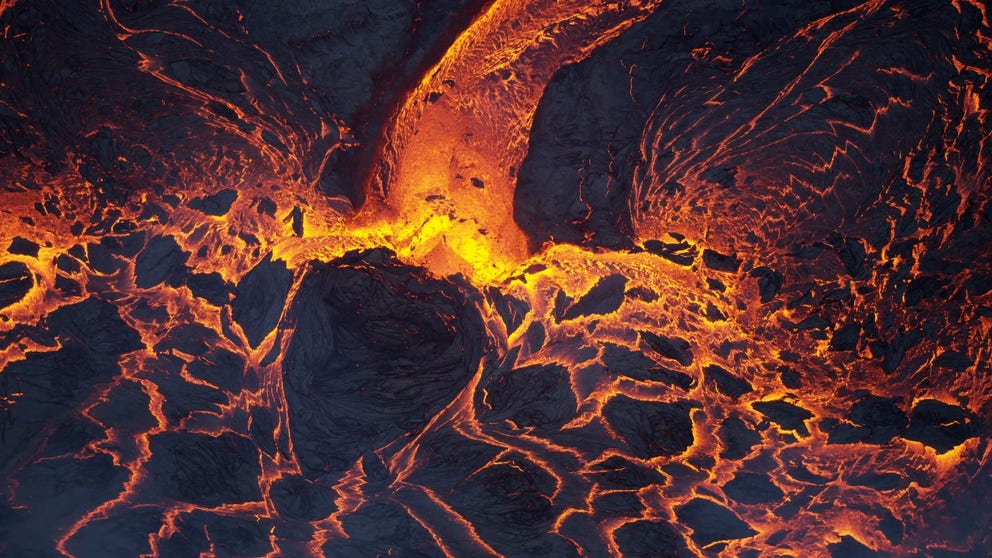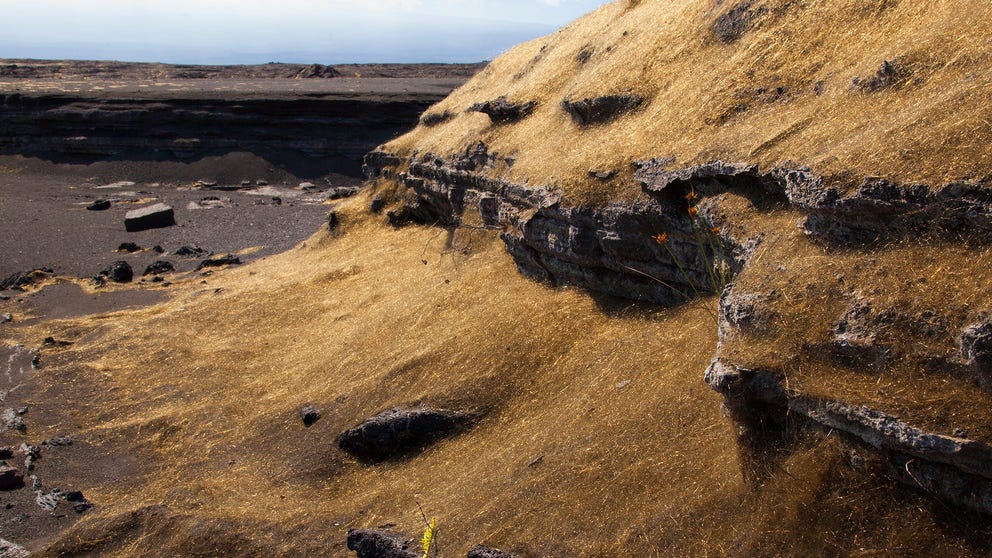Officials warn Hawaii’s Kilauea Volcano could resume erupting at any time
Kīlauea is one of the most active volcanoes on Earth. The current eruption cyclone began on September 29, 2021, and has been off and on ever since. The volcano is over 100 miles from Honolulu. An eruption in 2018 destroyed more than 700 homes and caused hundreds of millions of dollars in damage. Despite the impactful event, no lives were lost.
Watch lava flow in these mesmerizing volcanic eruptions around the world
Experience the power and majesty of a volcano up close in this awe-inspiring video.
HONOLULU – Hawaii’s most active volcano is at it again, with geologists warning that they are observing signs that an eruption that began in 2021 could resume at any time, putting on a sight for tourists but also creating plenty of dangers.
Kīlauea is one of the most active volcanoes on Earth, and the Hawaiian Volcano Observatory said it recently observed changes in the terrain and detected an earthquake swarm beneath the summit.
Due to the increased activity, the alert levels for aviation and ground impacts have been raised to a three out of four on the volcano scale, which warns about the potential dangers.
WATCH AS LAVA FLOW ERUPTS FROM KILAUEA CRATER IN HAWAII
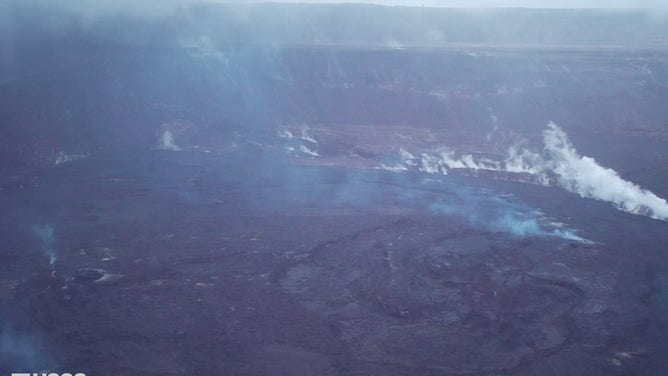
View of Hawaii’s Kīlauea Volcano on 3/11/2023
(FOX Weather)
"The amount of inflation has now exceeded other recent tilt signals. It is possible that eruptive activity at the surface may resume if this inflationary trend continues. Volcanic tremor remains slightly elevated but near background level," the HVO noted.
Recent eruptions have all been confined to the Hawaii Volcanoes National Park and have caused minimal impacts on the Big Island.
The last major disruptive eruption happened back in 2018 when more than 700 homes were destroyed during a four-month-long event that included a collapse of part of the volcano and earthquakes upwards of 6.9 in magnitude.
The Hawaii Emergency Management Agency is monitoring the volcano and said it is staying in contact with its partners and will advise if any changes arise.
During a heightened state of unrest, high levels of volcanic gas are the primary hazard in Hawaii.
The USGS said that water vapor, carbon dioxide and sulfur dioxide are continuously released during eruptions of Kīlauea and can lead to volcanic smog. Vog has the potential to lower air quality and create health hazards.
Eruptions can also produce glass-like fibers known as "Pele’s Hair." These fibers form when lava is ejected into the air and stretch out into long threads.
Volcanologists say the thin strands can become airborne and threaten aviation and are even sharp enough to become lodged in a human’s skin.
How do volcanoes make 'Pele's Hair'?
As Hawaii's Mauna Loa volcano awakens from a decades-long slumber, officials are not only warning those in the area about ash fall and airborne gases but also the potential for volcanic glass fibers known as "Pele's Hair."
How to monitor the volcano
The USGS has a series of webcams located around Kīlauea, which assist experts in determining when an eruption could be underway and when lava starts to flow.
Cameras are operational 24/7, and some can provide spectacular views, especially in areas where there are increased dangers.
View the Halemaʻumaʻu pit webcam here.
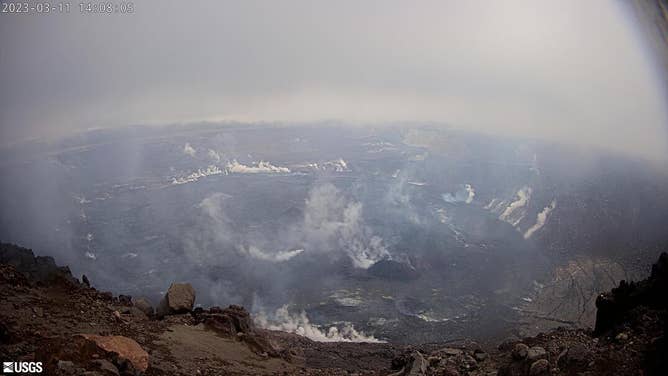
View of Hawaii’s Kīlauea Volcano on 3/11/2023
(USGS / FOX Weather)
During nightfall or cloudy conditions, it may be difficult to see the site. Scientists have thermal webcams that they can use to view sources of heat.
Images are usually colorful and can give experts a sense of where gas and lava flows are when visibilities are poor.
View the thermal camera of the Kīlauea summit here.
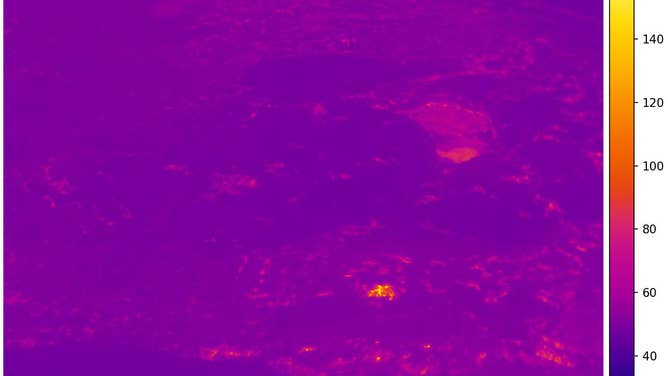
View of Hawaii’s Kīlauea Volcano on 3/11/2023
(USGS / FOX Weather)
If you are fortunate enough to be in Hawaii when an eruption happens, there will likely be serval spots to view the event from a safe distance.
Volcano experts suggest checking out Hawaii Volcanoes National Park for observation sites. The over 500 square mile park is open 24 hours a day, and there are several designated areas to view the volcano.
The National Park Service Mobile app or a local ranger can guide you to a prime viewing location.
